A road trip through the picturesque landscapes of South Dakota, from the majestic Mount Rushmore to the sprawling Badlands, is a dream for many. As you plan your adventure, you might consider sleeping in your car to save money on accommodation or to stay closer to nature. But before you recline your driver’s seat for a night’s rest, it’s crucial to understand the legalities surrounding this practice in the Mount Rushmore State. This article provides a detailed guide to the laws, regulations, and practical considerations for sleeping in your vehicle in South Dakota.
The Legal Landscape: Is It Explicitly Illegal?
The straightforward answer is that no statewide law in South Dakota explicitly prohibits you from sleeping in your car. However, the legality of this act is nuanced and often depends on where you choose to park. While the state itself doesn’t have a blanket ban, various local ordinances, property rules, and specific circumstances can make it illegal. Trespassing, loitering, and violating parking regulations are the primary legal issues you might encounter.
Understanding these nuances is key to avoiding a run-in with law enforcement. The legality often hinges on the location, duration, and even the appearance of your temporary roadside bedroom.
Where You Can and Cannot Legally Sleep in Your Car
The most critical factor in determining whether you can legally sleep in your car is your location. Different types of properties have different rules, and being aware of them can make all the difference between a peaceful night’s rest and a rude awakening by a police officer.
Rest Areas and Welcome Centers
South Dakota’s rest areas are a common choice for travelers seeking a place to take a break. The state has several safety rest areas along its major highways, and these are generally considered permissible places for short-term rest. The South Dakota Department of Transportation operates these facilities to combat driver fatigue. While extended camping is not allowed, taking a few hours to sleep and recover is typically acceptable.
It’s important to note that some rest areas may have posted time limits for parking. Always look for signs indicating any restrictions. For instance, the rest area near the Chamberlain Welcome Center is known to be a popular spot for truckers and travelers to rest overnight without issue. However, setting up a campsite with chairs, grills, and other gear is strictly prohibited.
Public Lands: National Forests and Grasslands
South Dakota is home to vast stretches of public land, including the Black Hills National Forest and several national grasslands. These areas often permit dispersed camping, which includes sleeping in your vehicle, as long as it’s done in designated areas or in a way that doesn’t harm the environment.
Dispersed camping on National Forest and Bureau of Land Management (BLM) lands is a fantastic option for those seeking a more rustic experience. Generally, you can stay in one spot for up to 14 days. However, it’s essential to practice Leave No Trace principles, which include packing out all your trash and minimizing your impact on the land. Always check the specific regulations for the area you plan to visit, as some parts may have seasonal closures or other restrictions.
City Streets and Residential Areas
Parking on city streets or in residential neighborhoods to sleep is where you are most likely to encounter legal trouble. Many municipalities have ordinances against overnight parking or “urban camping” to prevent vagrancy and maintain neighborhood safety and aesthetics. Even if there isn’t a specific law against sleeping in your car, you could be cited for loitering or violating local parking rules.
Law enforcement officers may investigate a vehicle parked for an extended period, especially if it appears someone is living in it. This is often done for safety reasons, both for the person in the car and for the residents of the area. To avoid issues, it’s best to find a more suitable location.
Commercial Properties and Private Land
Parking on private property without permission is considered trespassing and is illegal. This includes the parking lots of businesses like Walmart, Cabela’s, and casinos. While some of these establishments have a reputation for being friendly to RVers and car campers, their policies can vary by location.
Many Walmart stores, for example, allow overnight parking, but this is at the discretion of the individual store manager. It’s always a good idea to go inside and ask for permission before settling in for the night. Casinos in historic towns like Deadwood might also be an option, but again, you should always confirm their policy beforehand.
Practical Tips for Sleeping in Your Car in South Dakota
If you decide that sleeping in your car is the right choice for your South Dakota adventure, here are some practical tips to ensure your experience is safe, comfortable, and legal:
-
Be Discreet: The key to successfully sleeping in your car is to not draw attention to yourself. Avoid setting up camp in a way that makes it obvious you are sleeping in your vehicle. Use window covers or sunshades for privacy and to block out light.
-
Stay Safe: Always park in well-lit areas where you feel safe. Lock your doors and be aware of your surroundings. It’s also a good idea to let someone know your location.
-
Arrive Late, Leave Early: To minimize your chances of being disturbed, arrive at your parking spot late in the evening and leave early in the morning. This reduces the likelihood of complaints or unwanted attention.
-
Check for Signage: Always look for signs that prohibit overnight parking. Ignoring these signs is a surefire way to get a ticket or be asked to move.
-
Maintain Comfort: South Dakota’s weather can be extreme, with cold nights even in the summer. Make sure you have appropriate bedding, such as a warm sleeping bag and blankets. Crack a window for ventilation to prevent condensation from building up inside the car.
The Impact of Local Ordinances
While the state law is permissive, local city and county ordinances can be much more restrictive. For example, a city might have a specific ordinance that makes it illegal to use a vehicle as a dwelling. These laws are often enacted to address homelessness and to maintain public order.
Before you decide to sleep in your car in a particular town or city, it’s wise to do a quick online search for their local ordinances on parking and camping. A few minutes of research can save you from a potential fine and the hassle of being woken up in the middle of the night.
A Final Word on Respectful Car Camping
Sleeping in your car can be a convenient and cost-effective way to explore South Dakota. While it is not explicitly illegal at the state level, the practice is governed by a patchwork of local rules and property rights. By being respectful, discreet, and well-informed, you can enjoy the freedom of the open road without legal complications.
Ultimately, the best approach is to err on the side of caution. Opt for designated rest areas, public lands that allow dispersed camping, or private properties where you have explicit permission. By doing so, you can ensure that your road trip memories are of the stunning scenery and not of a legal citation.


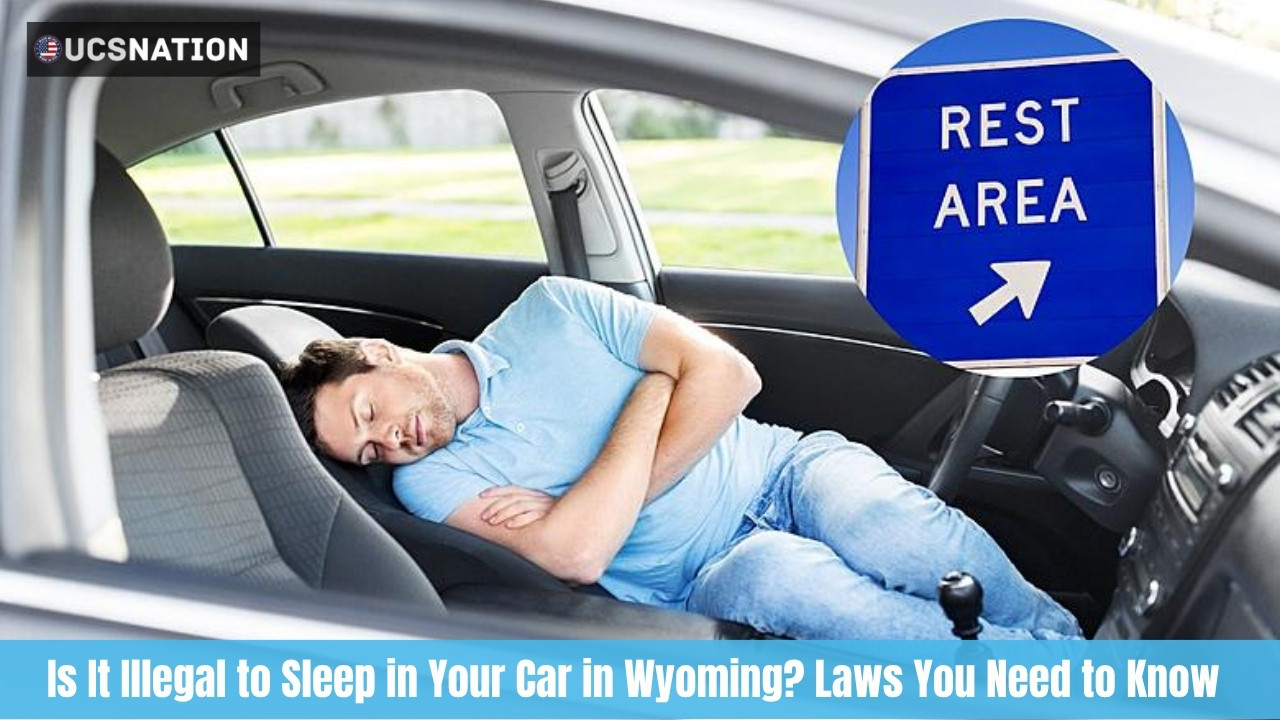
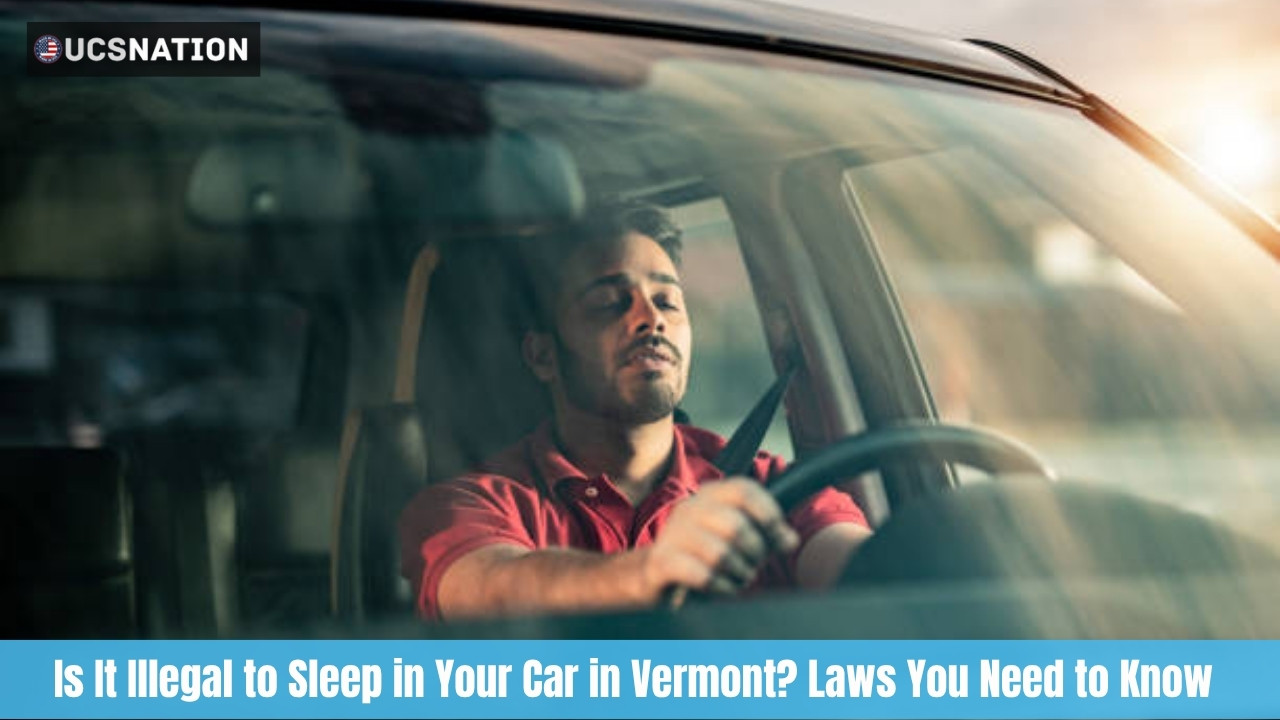

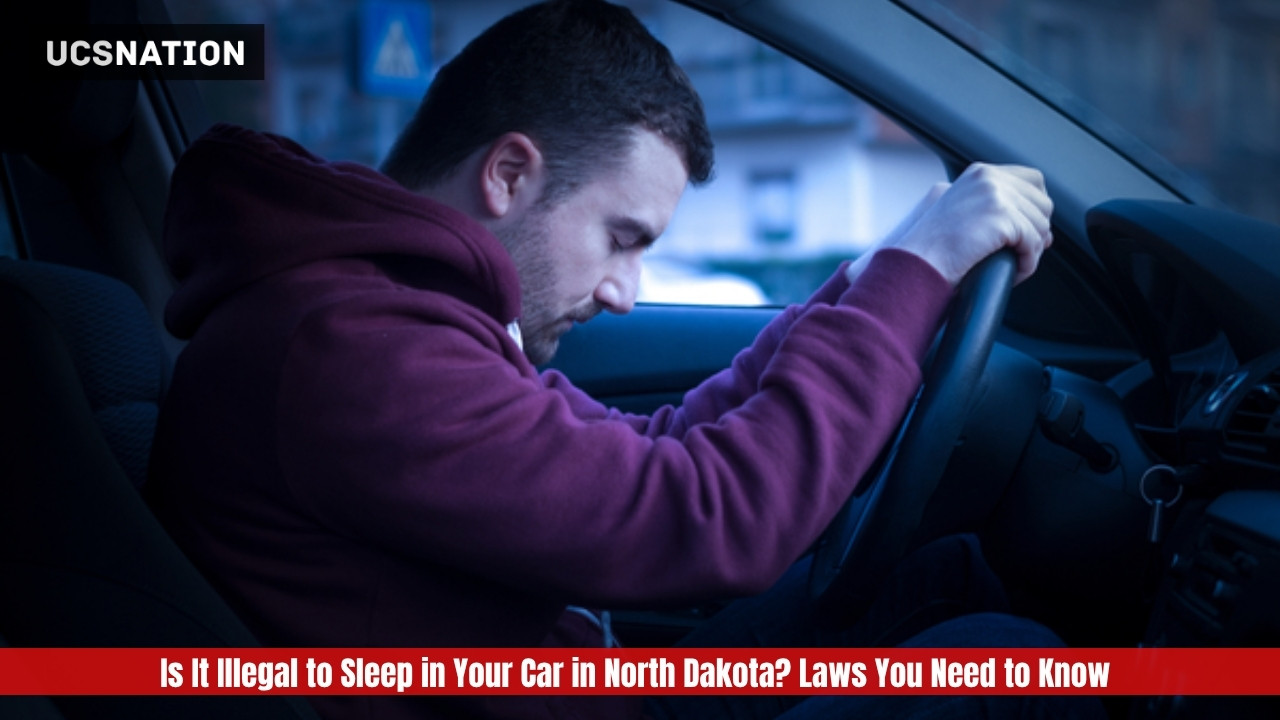

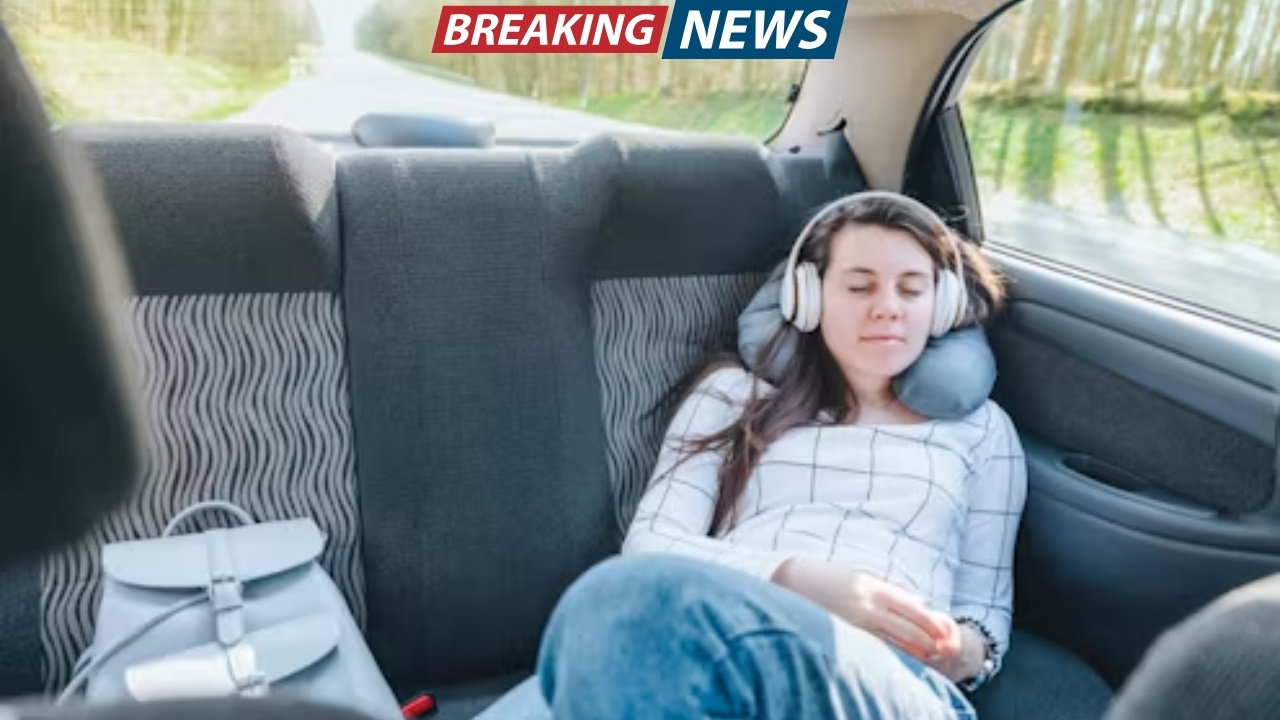


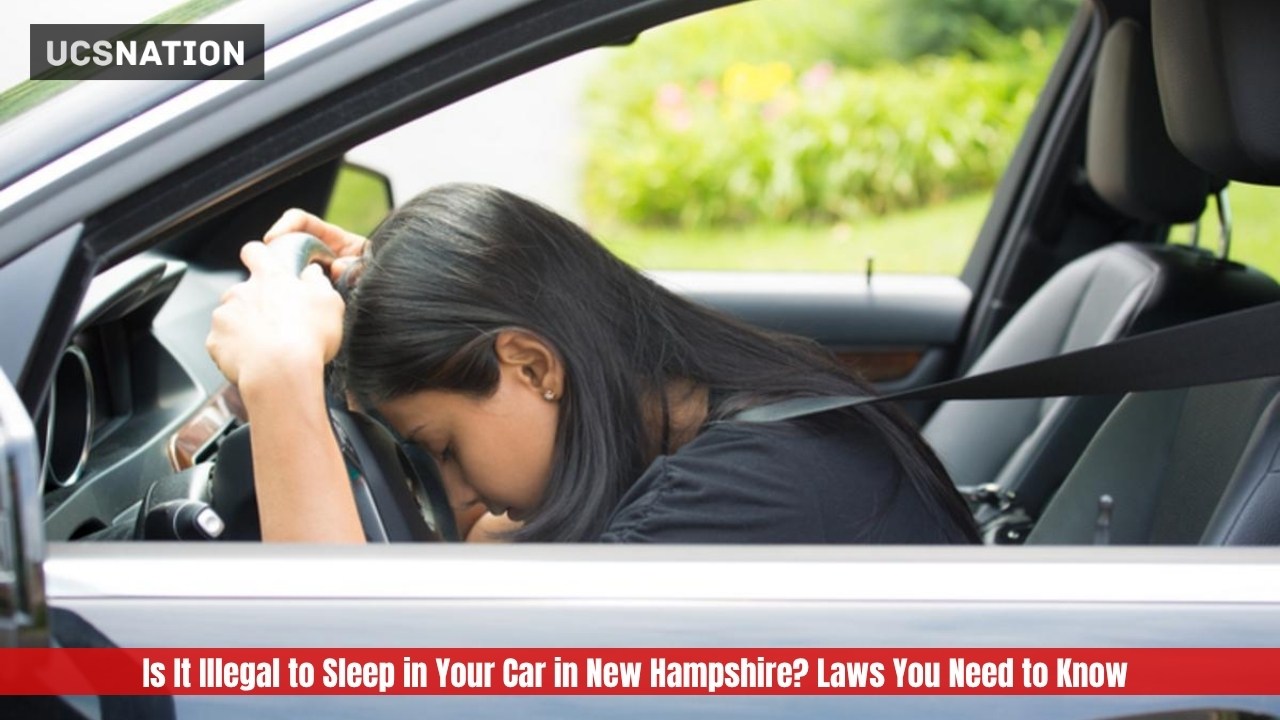



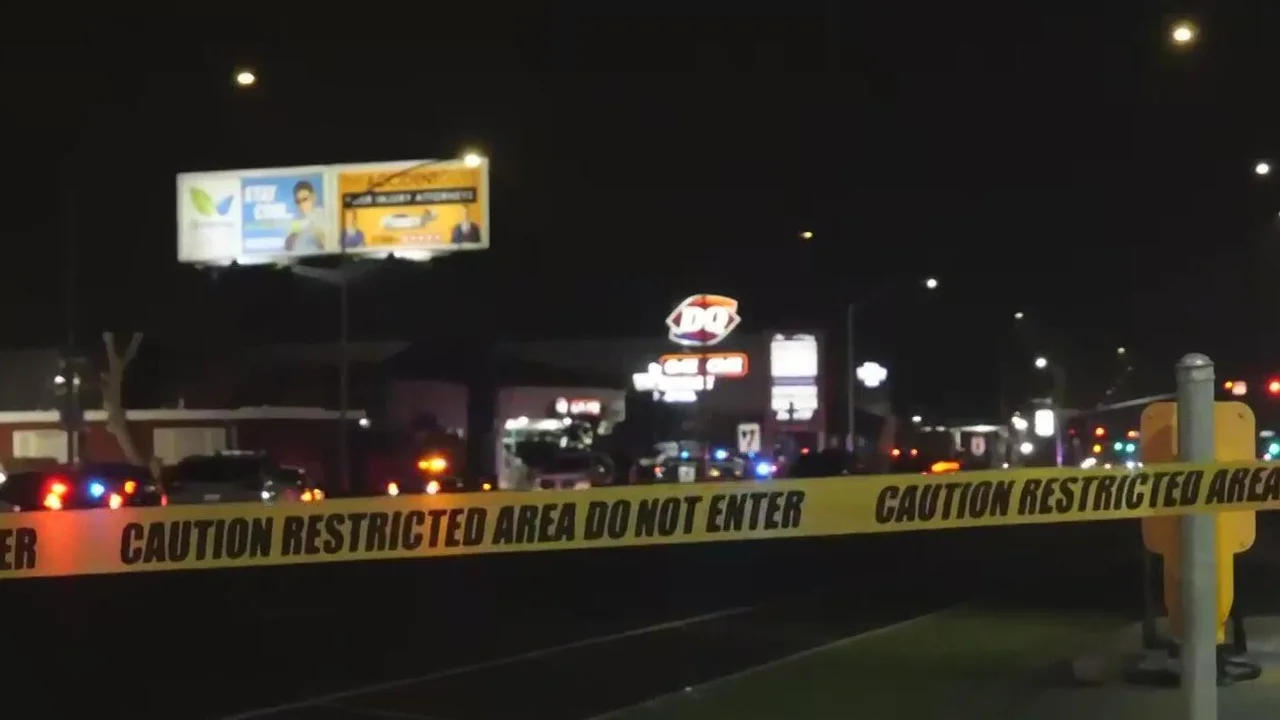
Leave a Reply